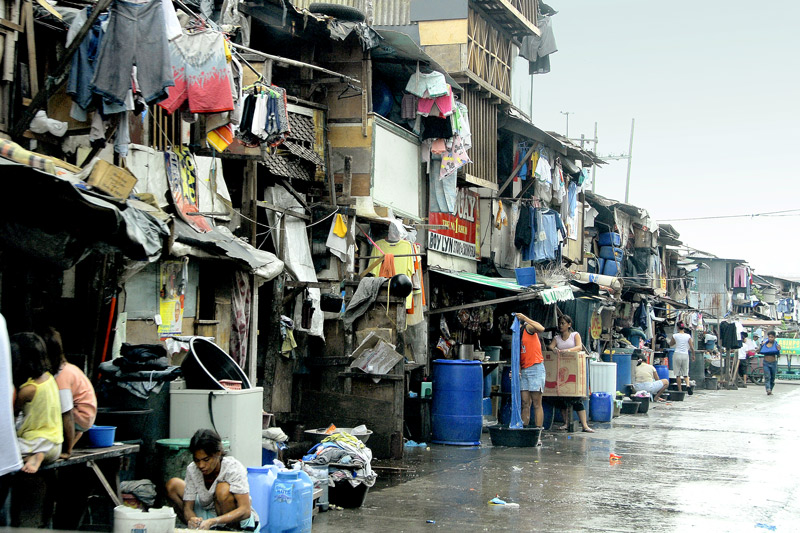Urban poor well do
During the past decades; economic development in the country has significantly increased the pace of urbanisation. Nearly a third of India's population now lives in urban areas, and this is projected to further increase in the coming decades. By 2005, more than half of the world's population had become urban. Most migrants to cities from rural areas are the rural poor in search of a meagre livelihood. The scale of urban poverty is not fully understood in the country, though recent estimates suggest that it is of the order of 49 per cent of the urban population. India has nearly 4,500 towns, cities and urban centres; about 30 of these are large cities with populations exceeding 1 million. Yet, the numerous small and medium towns in the country are home to millions of urban poor.
Due to the urban poor and their families, the reality of poverty has a certain degree of damage on their health, education, employment, housing, family life and other aspects. people who living in the urban poverty, it will easily lacking to employment.
Basic services in cities are so skewed that they barely reach the poor. Many such services (drinking water, sanitation, solid waste disposal, health, education, etc) are not accessible to a vast majority of urban poor in many cities. SO-FAR is approaching towards the empowerment of the urban poor to access such services is monitoring of these services within areas and wards by the urban poor themselves. Such efforts to promote citizens monitoring of services were enabled during the year in the cities and the information so generated by the citizens was then directly shared with elected councillors and municipal officials in face-to-face dialogues. Follow-up action resulted from such direct demands made by the urban poor themselves.

